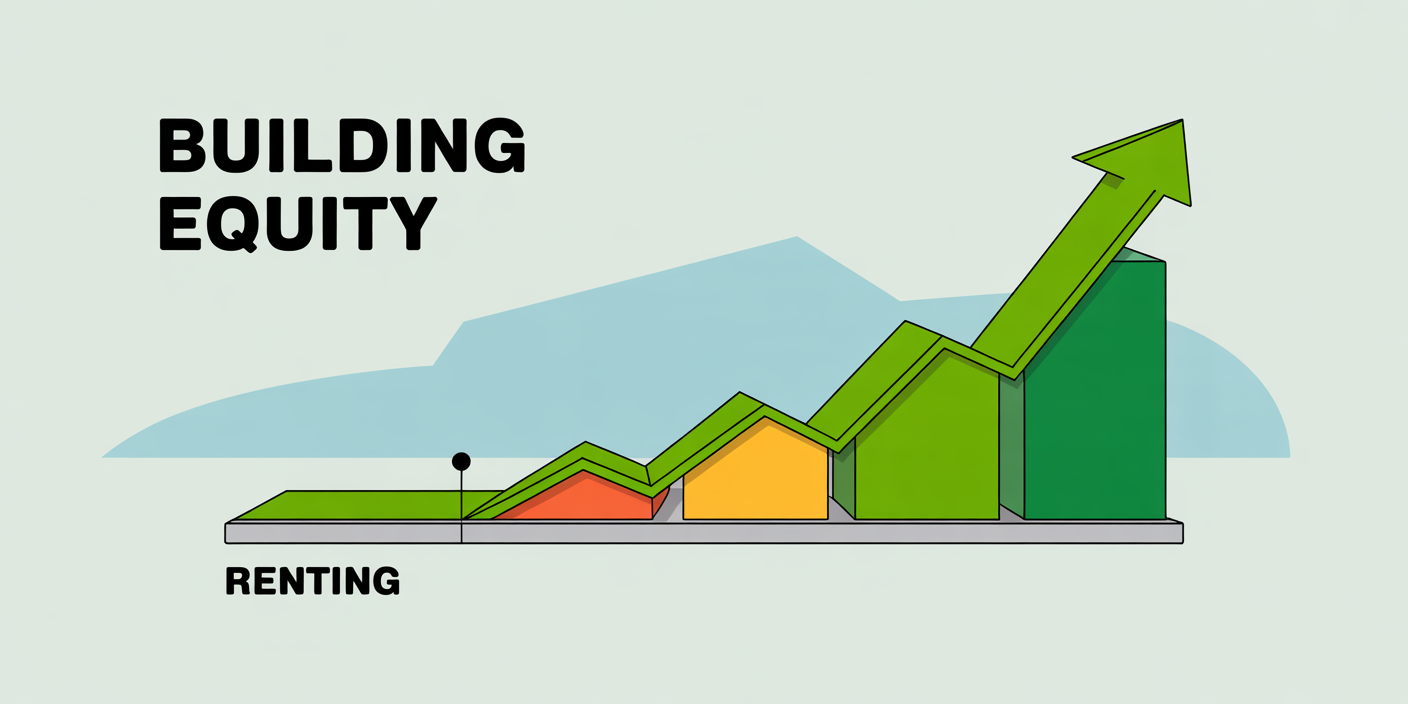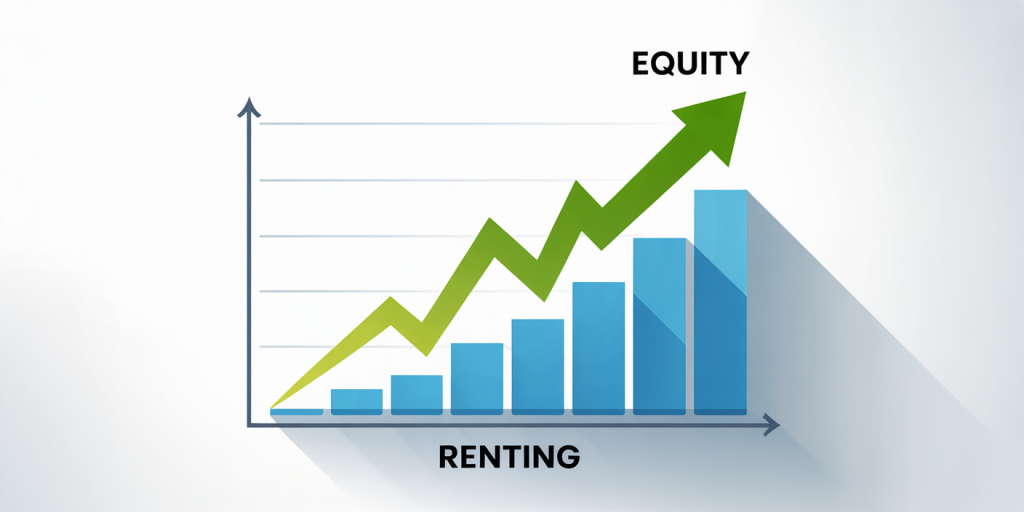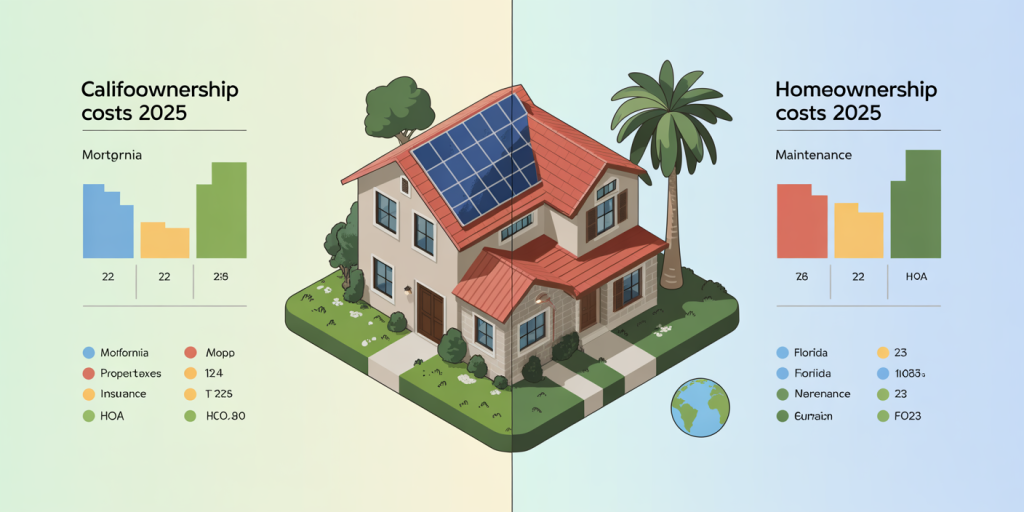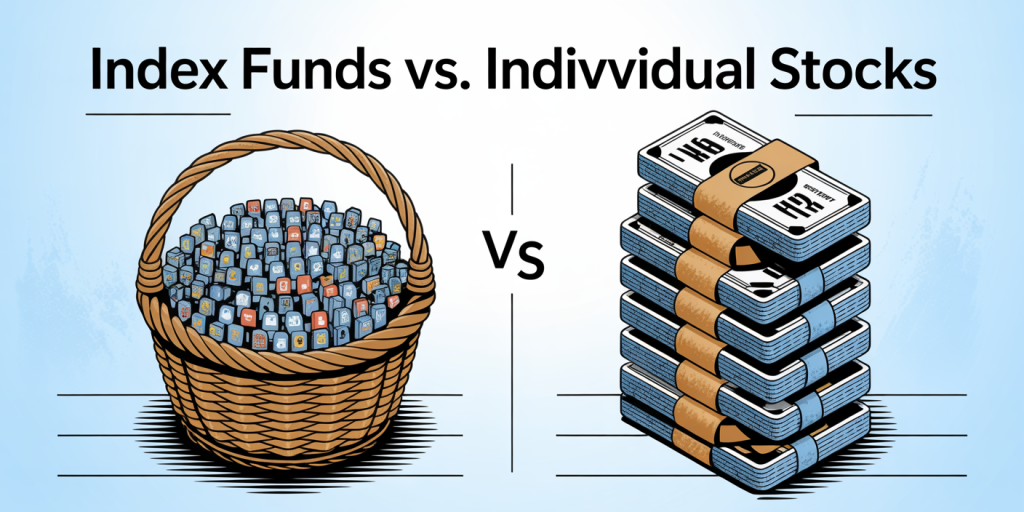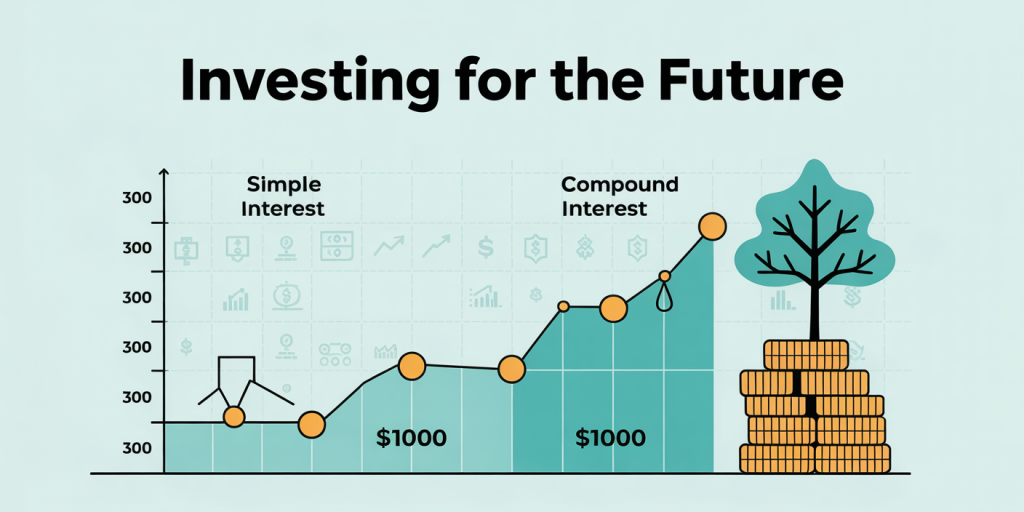Cash flow is the lifeblood of any business, particularly for startups navigating their early stages of growth. Effective management of cash flow can be the difference between sustainable development and unexpected collapse. Despite its critical importance, many entrepreneurs underestimate or misunderstand the role cash flow plays in their startup’s success, often focusing disproportionately on profits or valuations. This article aims to provide an in-depth understanding of cash flow in startups, highlighting why it matters, how it operates, and practical strategies for monitoring and improving it.
The Vital Role of Cash Flow in Startup Survival
Startups often operate with limited access to capital and face volatile revenues, making cash flow management both crucial and challenging. Unlike larger, more established companies, startups usually have narrow margins and unpredictable income patterns. This makes understanding when money enters and leaves the business fundamental for ensuring liquidity.
For example, a survey conducted by CB Insights revealed that 29% of startups fail due to running out of cash. This statistic underscores how insufficient cash flow monitoring and control can jeopardize the entire business operation, even if the startup is showing promising product-market fit or growth potential.
Cash flow is not the same as profit. A startup can be profitable on paper while experiencing damaging cash shortages, primarily if payments from customers are delayed or upfront expenses are substantial. Conversely, a startup may have a positive cash flow but not yet be profitable, often due to significant upfront investments expected to generate returns long term. Understanding these distinctions helps entrepreneurs better anticipate operational challenges and make strategic decisions.
Cash Flow Components: Inflows and Outflows
At its core, cash flow represents the net sum of cash and cash-equivalents moving into and out of a business over a specific period. These movements are generally categorized into operational, investing, and financing activities.
Operating cash flow includes cash received from sales, payments from customers, and cash paid for day-to-day business expenses such as salaries, rent, and raw materials. For startups, operational cash flow often fluctuates significantly, especially when customer acquisition cycles are long or payment terms vary.
Investing cash flow relates to expenditures on long-term assets or investments such as equipment purchases or technology development. A startup’s spending here often reflects its growth ambitions but can drain cash reserves if not matched by incoming funds.
Financing cash flow involves capital raised from investors, loans, or debt repayment. Early-stage startups rely heavily on financing activities to maintain their liquidity since operating cash flow is frequently negative during the initial phases.
Consider a real-world example: Airbnb faced significant cash flow challenges in its early years, operating at losses but raising funds through multiple rounds of investor financing. This sequencing of financing supported operations until the business reached a scalable and profitable model.
Practical Strategies for Managing Startup Cash Flow
For startups to survive and thrive, proactive cash flow management is essential. Several practical approaches can help founders and financial teams maintain a healthy cash position.

Firstly, accurate cash flow forecasting is indispensable. Entrepreneurs should develop rolling forecasts projecting cash inflows and outflows at least three to six months ahead. This visibility enables preemptive actions—such as delaying non-essential expenditures or accelerating receivables—that keep the startup solvent.
Secondly, managing accounts receivable effectively can improve cash inflows. For example, startups can offer incentives for faster payments or implement more stringent credit policies. A SaaS startup might introduce monthly subscription models instead of annual contracts to ensure regular and predictable cash inflow.
Thirdly, expense control is key. Prioritizing critical expenditures while negotiating better payment terms with suppliers can preserve necessary cash reserves. In the case of Zappos, early focus on tight operational controls and supplier relationships allowed the company to scale while maintaining positive cash flow, contributing to its eventual acquisition by Amazon.
Below is a simplified comparative table illustrating cash flow management tactics between two hypothetical startups, “TechEase” and “GreenGrocer.”
| Strategy | TechEase (SaaS) | GreenGrocer (Retail) |
|---|---|---|
| Cash Inflow Management | Monthly subscription fees, discounts for upfront payment | Prompt invoice collection, early payment incentives |
| Expense Control | Remote workforce to reduce office costs | Bulk purchasing, supplier negotiations |
| Financing | Multiple venture rounds, convertible notes | Small business loans, crowdfunding |
This table highlights how startups in different industries apply tailored cash flow strategies aligning with their operational model and funding environment.
The Impact of Cash Flow on Startup Growth and Investment
Cash flow directly influences a startup’s ability to invest in growth initiatives, recruit talent, and expand market presence. A positive and predictable cash flow signals financial health, attracting investors and enabling access to more favorable financing terms.
Investors often scrutinize cash flow statements alongside profit and loss accounts to assess startup viability. According to a 2023 study by Silicon Valley Bank, 68% of venture capitalists consider cash flow trends critical in their funding decisions, more than market size or business model novelty in some cases.
Startups with volatile or negative cash flows find it challenging to negotiate investor terms and often must accept higher dilution or interest rates. Conversely, consistent positive cash flow can allow startups to seek growth capital on better terms, accelerating scalability while mitigating risk.
Square Inc. offers an illustrative case. Early in its lifecycle, Square prioritized cash flow management by rapidly scaling revenue through transaction fees while carefully managing operational expenses. This focus on maintaining positive cash flow contributed to its successful IPO in 2015 and ongoing market expansion.
Cash Flow Challenges Unique to Startups
Despite its importance, startups face unique cash flow challenges rooted in their business nature and market environment. One common difficulty is delayed revenue recognition versus upfront expenses. Many startups invest heavily in product development, marketing, and staff salaries long before generating substantial revenues.
Moreover, startups may experience uneven cash inflows due to seasonality or niche market fluctuations. For example, food delivery startups face peaks and troughs depending on consumer behavior patterns. Without adaptive cash flow forecasting, these swings can create solvency risks or missed opportunities.
Another challenge is handling growth-induced cash flow strain. As startups scale customer acquisition, inventory, or infrastructure, cash needs can rise faster than income. Without careful balance sheet monitoring, rapid growth can paradoxically lead to cash shortages, a phenomenon seen in companies like WeWork, which struggled with cash flow amidst hyper-expansion.
Finally, regulatory environments and payment ecosystems can complicate cash flow management. Startups dealing with international markets must navigate currency fluctuations, taxation, and slow payment systems that impact inflows and outflows.

Future Perspectives: Cash Flow Management in an Evolving Startup Landscape
Looking ahead, technology advancements and evolving financial tools are transforming how startups manage cash flow. Automated accounting software and real-time analytics enable founders to monitor cash positions continuously, providing timely alerts and insights for decision-making. Platforms like Brex and Ramp offer integrated expense management and cash flow forecasting tailored to startup needs, enhancing operational agility.

Additionally, alternative financing models such as revenue-based financing, fintech lending, and tokenized assets are creating new avenues to secure cash flow without traditional equity dilution. A 2024 report by Finextra highlights a 35% annual growth in startups utilizing fintech solutions for working capital, reflecting changing investor and entrepreneur preferences.
Sustainability and ESG (Environmental, Social, and Governance) considerations are also influencing cash flow strategies. Startups adopting energy-efficient operations, ethical supply chains, and transparent financial policies are gaining investor confidence and customer loyalty, factors that indirectly improve cash flows and reduce financial risk.
Moreover, artificial intelligence and machine learning are being integrated into cash flow forecasting tools to predict trends more accurately amid market uncertainties. Startups embracing these technological innovations will likely gain competitive advantages in managing liquidity and scaling efficiently.
In summary, mastering cash flow is foundational for startups that aim to transcend early-stage challenges and achieve long-term viability. Through diligent forecasting, strategic expense management, and leveraging modern financial tools, startups can maintain healthy liquidity, attract investment, and capitalize on growth opportunities. As the startup ecosystem evolves, proactive cash flow management remains a core competency that differentiates successful ventures in a competitive landscape.
—
References CB Insights, “Top 20 Reasons Startups Fail,” 2021. Silicon Valley Bank, “Venture Capital Outlook,” 2023. Finextra, “Fintech Trends in Startup Working Capital,” 2024. Airbnb Case Study, Harvard Business Review, 2017. Square Inc. IPO Analysis, Nasdaq, 2015. WeWork Financial Challenges, Forbes, 2019.









